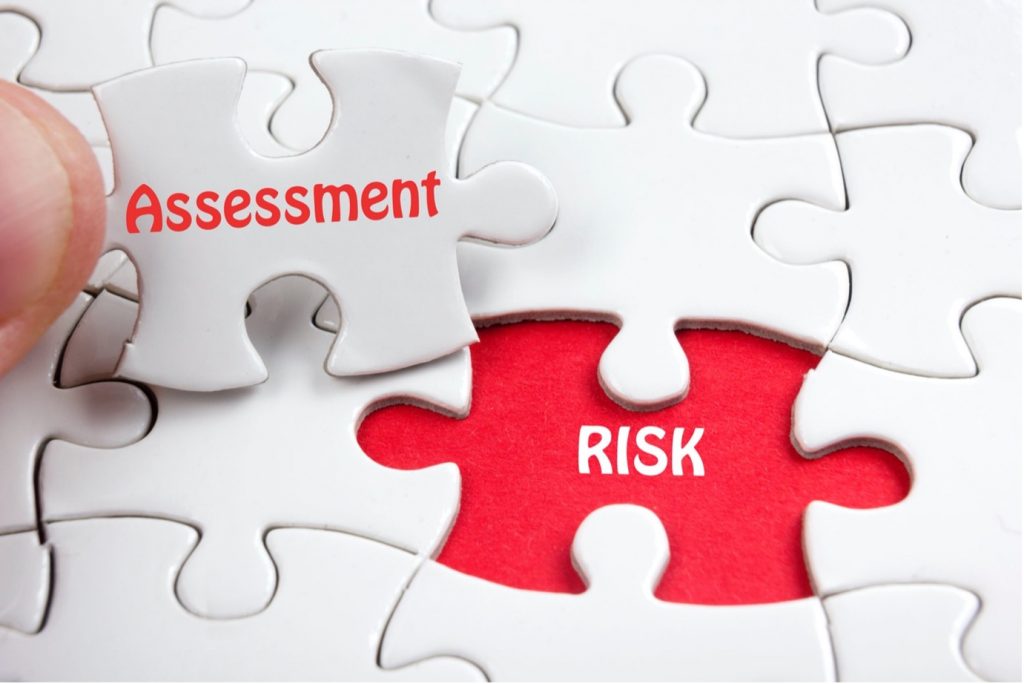
When is the Best time to Review your Risk Assessment's?
Risk Assessments are important for protecting people from harm and ill-health. When carried out correctly, they can save lives. They are also a legal requirement for most businesses and play a vital role in risk management strategies. But how often should risk assessments be reviewed?
Risk assessments are only effective and relevant if they’re kept up to date. Chances are that your workplace and business operations are constantly changing or being updated. Any small changes to your workplace can affect the hazards that pose health and safety risks to workers, site visitors and members of the public. Workplace changes can include new staff being onboarded, equipment being replaced, repaired or upgraded and the adjustment of procedures.
For hazards to be identified, and for risks to be mitigated quickly and successfully, risk assessments need to be updated and reviewed regularly. In the five steps to risk assessments outlined by the Health and Safety Executive, reviewing assessments is the fifth and final step, and it’s one that mustn’t be forgotten.
If you’re new to reviewing workplace risks and implementing control measures, you might be wondering how often risk assessments should be carried out, and when risk controls should be reviewed. So, here’s what you need to know.
Set a Timeframe to Monitor and Review Risk Assessments
Legally, businesses are required to review risk assessments regularly. Under the HSE’s guidance, most businesses review them once a year. However, the exact time frame for reviewing assessments is for you to decide. You’ll need to take into account how regularly your business operations change, and the risk factor of business activities.
Risk assessments for higher risk activities might need to be reviewed more regularly, and control measures will need to be continuously monitored to ensure people are kept as safe as possible at all times. For example, dangerous construction sites will require more regular risk assessment reviews than low-risk workplaces such as offices.
For most businesses though, reviewing hazards, risks and control measures once a year is sufficient to achieve compliance, create a safe workplace and reduce the risks involved in business operations. However, there may be times when assessments need to be reviewed and updated ahead of schedule — such as whenever any major changes are made to the work environment or procedures.
Be Prepared to Review Risk Assessments in Response to Change
Whenever major changes are made in your workplace or procedures are adjusted, the hazards associated with work activities will inevitably change too. In addition to reviewing and updating risk assessments once a year — or however regularly you have decided to revisit them — you should also be prepared to review your assessments in response to changes.
You should consider revising your risk assessments if any of the following changes are made to your business operations:
- Change of Workplace
If your business moves to a new location, if work is being carried out at a different site than usual, or if you expand and operate in multiple locations, risk assessments will need to be carried out for every workplace. Every work environment is unique, so existing risk assessments can’t be applied to other locations. - New Equipment or Procedures
Different procedures and pieces of equipment come with different hazards and risks. There may be risks relating to fire, electrical safety or personal injuries. Risk assessments need to be reviewed in light of any new equipment or procedure adjustments so that hazards can be identified, and control measures implemented. - Accidents, Injuries or near Misses
You should be keeping a log of all accidents or injuries that occur in the workplace or as a result of work activities. This record can be a useful risk management tool. Whenever an incident occurs, review your risk assessment to see if anything could have been done differently to prevent it. If there’s a pattern of injuries or work-related ill-health, risk assessments need to be reviewed thoroughly to identify any possible causes and implement control measures. - Changes to Your Workforce
If your workforce increases or decreases, risk assessments may need to be adjusted accordingly. Similarly, if new roles are introduced into your workforce, risk assessments will need to be updated to include any role-specific hazards or responsibilities.
Safety Advisors can help - Call our Team on 01283 760802 or Email info@safetyadvisors.co.uk

